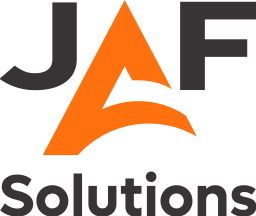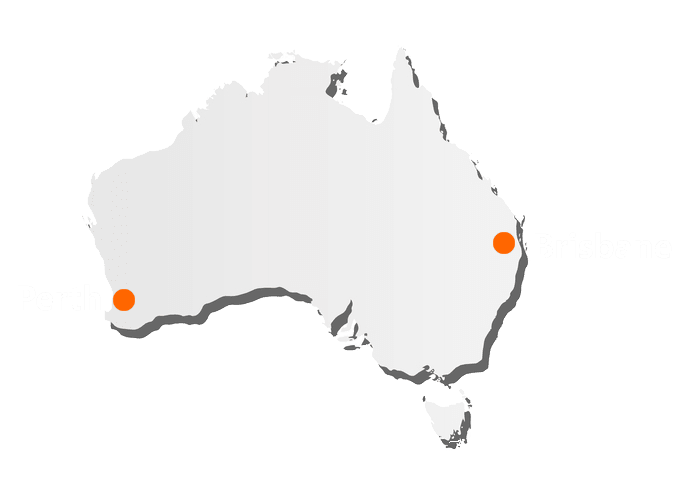Step into a take on what the future might hold for our manufacturing factories, and what the key items are that are required to get there.
We know that plenty of manufacturers struggle with making capital investments, and updating the workforce skills to keep them up-to-date with the changing trends and technologies; however, it's important not to lose sight of the small and incremental steps that can and will make a difference to your manufacturing and your bottom line.
Increasing focus on sustainability

Future factories are moving toward sustainability as a path to profitability. This entails a shift from large-scale, fixed-location production to smaller, more agile, and dispersed facilities, closer to end-users. These facilities reduce environmental impact and increase flexibility in the face of global disruptions.
Disassembly is now a factor, making things better than they were before... So what does this mean? Traditionally, manufacturing has focused on repeatable efficiency while increasing the scale of factories. “The regenerative principle is to return things better than before,” says Stanford researcher Trond Undheim. “The larger the scale, the more steel and carbon you are using, and the more difficult it becomes to disassemble. Regeneration is all about disassembly, leaving no trace, actually leaving it better.”
Key strategies for regenerative factories:
- Carbon: Use IoT data to track emissions, store carbon in products/buildings.
- Waste: Use analytics and additive manufacturing to reduce and recycle waste.
- Power: Incorporate renewable energy and technologies for local energy storage. Solar is just one option, look forward to green hydrogen power, and batteries.
- Water: Implement digital water monitoring, reuse systems, and runoff management.
More Smarts
A new level of intelligence is being added through the convergence of IT and OT, often described as Industry 4.0. This includes cloud computing, AI, robotics, augmented reality, and additive manufacturing.
Software-defined factories are emerging, where equipment is programmable and adaptable to new demands via software, reducing the need for hardware replacement.
Staying on top of changes in operational advances is key, and relies on process and personnel as much as on technology: IT/OT collaboration is now a must and not a nice-to-have within an organisation as the technology accelerates.
Key enablers:
- Cross-functional IT/OT collaboration.
- Workforce cross-training and empathy-building exercises whereby IT and OT members "swap roles".
- CIO-led integration of tech strategy across departments.
- Cybersecurity is a natural starting point for tighter IT/OT collaboration
Cybersecurity - Securing the Factory
As factories become more connected, cybersecurity becomes mission-critical. The attack surface expands with each connected device, demanding robust strategies.
As smart technologies are adopted, this raises the number of possible targets, and great care needs to be taken in selecting these technologies and keeping them up-to-date with any security-related patches, including firmware.
Top security priorities:
- Improve visibility across IT/OT networks and data flows.
- Protect power and automation systems.
- Monitor mobile/autonomous devices with new protocols.
- Maintain threat awareness and continuously assess risk exposure.
The Future Manufacturing Workforce
Advanced manufacturing demands new roles and skills. Workers must transition from manual, repetitive tasks to more analytical and decision-making roles.
Evolving roles:
- Planners use predictive analytics for downtime/materials forecasting.
- Line leaders focus on coaching, not reporting.
- Operators manage multiple machines and work with AI tools.
Workforce development strategies:
- Update job descriptions with input from industry and academia.
- Invest in reskilling (e.g., Bosch’s €1 billion commitment). see Business Insider article.
- Collaborate with educational institutions for curriculum alignment.
- Upskilling your existing workforce and looking for new talent
Summary
The future factory is not just a technological transformation, but a holistic reimagining of manufacturing, workforce, and sustainability.
With careful planning, continuous learning, and smart investment, manufacturers can transition successfully, creating operations that are not only efficient but regenerative and resilient in the face of ongoing global disruption.


